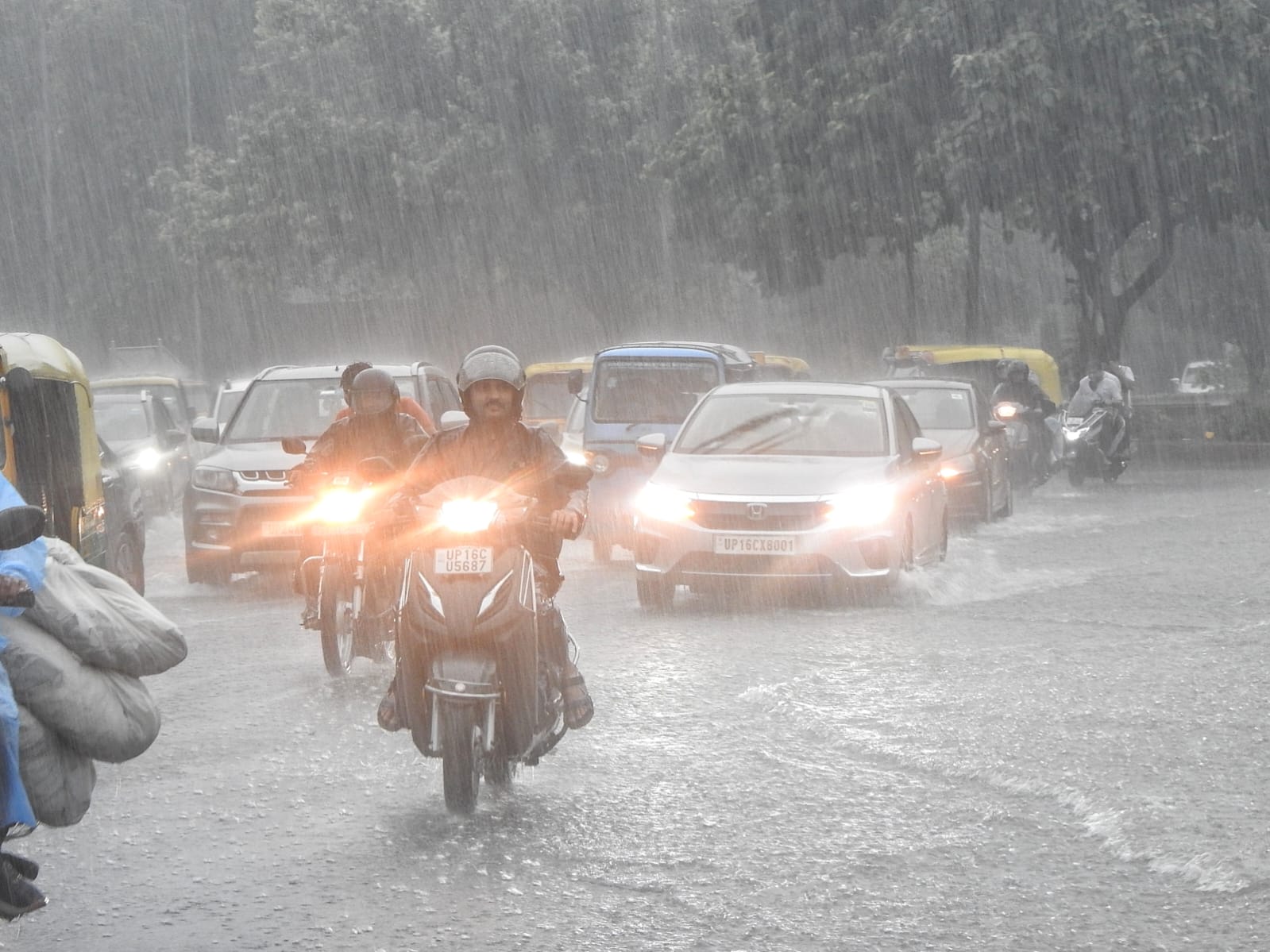As extreme weather events grow more frequent and unpredictable due to climate change, the India Meteorological Department (IMD) is expanding its capabilities to make India a weather-resilient nation. With its legacy dating back to 1875, the IMD, under the Ministry of Earth Sciences, has become the backbone of the country’s weather forecasting, disaster preparedness, and climate monitoring efforts.
IMD has earned widespread recognition for its accurate monsoon predictions. From 2021 to 2024, it achieved 100% accuracy in forecasting all-India southwest monsoon rainfall within the permissible margin of error. Its seasonal forecasts—issued in April and updated in June—play a key role in supporting agriculture, water resource management, and economic planning.
Beyond monsoon predictions, IMD has made major strides in cyclone forecasting. It accurately predicted cyclones like Fani, Amphan, Tauktae, and Biparjoy, helping reduce cyclone-related fatalities from 10,000 in 1999 to zero between 2020 and 2024. The department has also expanded its Doppler Weather Radar network from 15 in 2014 to 39 in 2023, enhancing real-time monitoring by 35%.
Technology has also driven IMD’s success. Tools like the High-Resolution Rapid Refresh (HRRR) model and the Electric Weather Research and Forecasting (EWRF) model are now being used for real-time rainfall and lightning forecasts. The launch of Mausamgram in January 2024—a public weather platform inaugurated by the Vice President—offers localized forecasts to users across India.
To further modernize India’s climate forecast infrastructure, the government launched Mission Mausam in September 2024. This ambitious Central Sector Scheme aims to make Bharat a “weather-ready and climate-smart” nation by improving forecasting capabilities and disaster response.
Mission Mausam utilizes advanced tools like AI, high-resolution weather radars, better satellite instruments, and powerful computing systems. It is structured around nine verticals—ranging from real-time data collection and air quality tools to early warning systems and public communication strategies.
The scheme, which builds on the earlier ACROSS initiative, is being implemented in two phases: 2024–2026 and 2026–2031. By combining scientific research, cutting-edge technology, and inter-agency collaboration, IMD and Mission Mausam aim to safeguard lives, livelihoods, and infrastructure from the growing risks of extreme weather.














